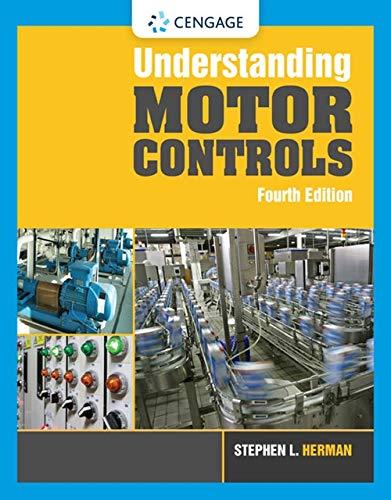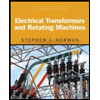
Concept explainers
The theoretical saturation magnetization for the ferrite
The theoretical saturation induction for the ferrite
Answer to Problem 100AAP
The theoretical saturation magnetization for the ferrite
The theoretical saturation induction for the ferrite
Explanation of Solution
Write the expression to calculate saturation magnetization for the ferrite
Here, magnetic moment is
Write the expression to calculate atomic density for the ferrite.
Here, number of atoms per unit cell is
Write the expression to calculate saturation induction for the ferrite
Here, permeability constant is
Conclusion:
The ferrite
Consider that the number of atoms per unit cell for the ferrite
Substitute
The value of Bohr magneton
Substitute
Thus, the theoretical saturation magnetization for the ferrite
The value of permeability constant
Substitute
Thus, the theoretical saturation induction for the ferrite
Want to see more full solutions like this?
Chapter 16 Solutions
Foundations of Materials Science and Engineering
- A magnetic actuator is expected to operate at 400°C.a) Using a clearly labelled diagram, describe the effect of temperature onsaturation magnetization. b) From the table above, suggest a material that could be used to make themagnetic actuator. Explain.arrow_forwardDistinguish elastic, electrical and magnetic hysteresis in different materials.arrow_forwardExplain the following, related to physical insight to internal energy (iv) Internal energy (v) spin energy (vi) sensible energy.arrow_forward
- The atoms of a material used as an insulator generally contain ___________ valence electrons.arrow_forwardA 4-79 permalloy solenoid coil needs to produce a minimum inductance of 1.5 Wb/m2. If the maximum allowed current is 8mA, how many turns are required in a wire 132cm long? (extra info Fig 2)arrow_forwardDistinguish between conductors and semiconductors under the following headings: temperature, coefficient of resistance and band theory.arrow_forward
 Understanding Motor ControlsMechanical EngineeringISBN:9781337798686Author:Stephen L. HermanPublisher:Delmar Cengage Learning
Understanding Motor ControlsMechanical EngineeringISBN:9781337798686Author:Stephen L. HermanPublisher:Delmar Cengage Learning Electrical Transformers and Rotating MachinesMechanical EngineeringISBN:9781305494817Author:Stephen L. HermanPublisher:Cengage Learning
Electrical Transformers and Rotating MachinesMechanical EngineeringISBN:9781305494817Author:Stephen L. HermanPublisher:Cengage Learning

